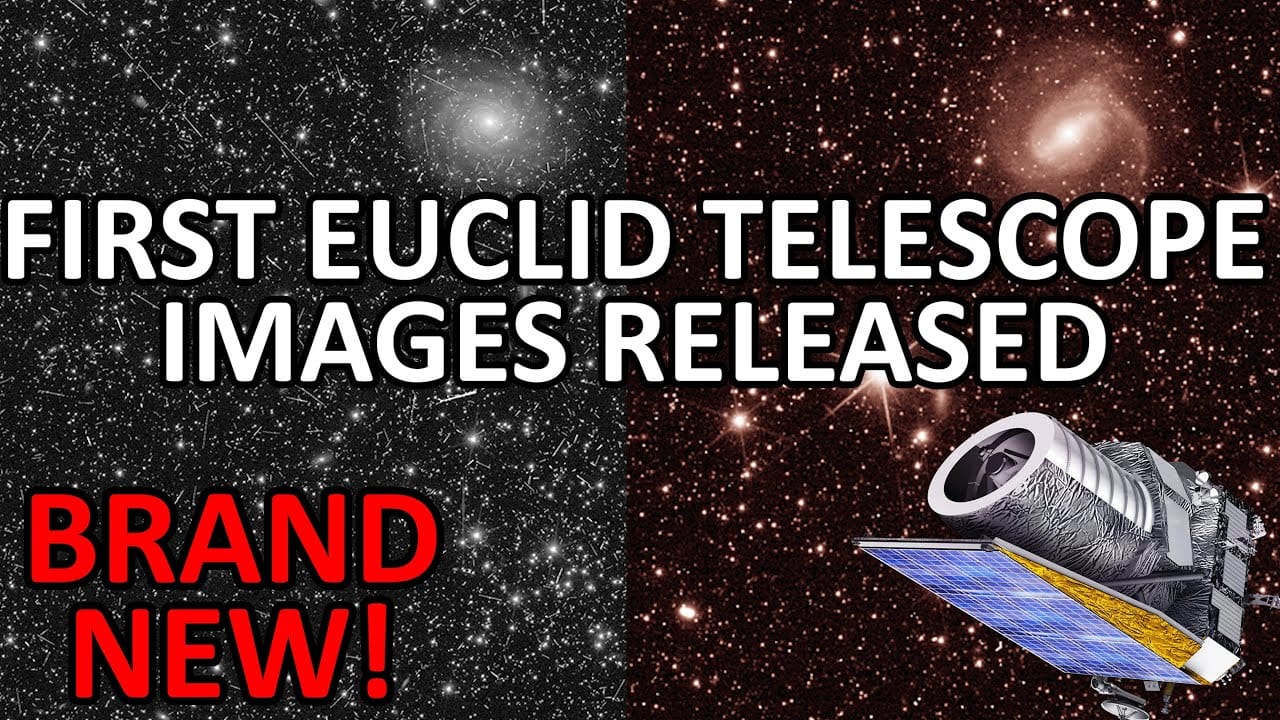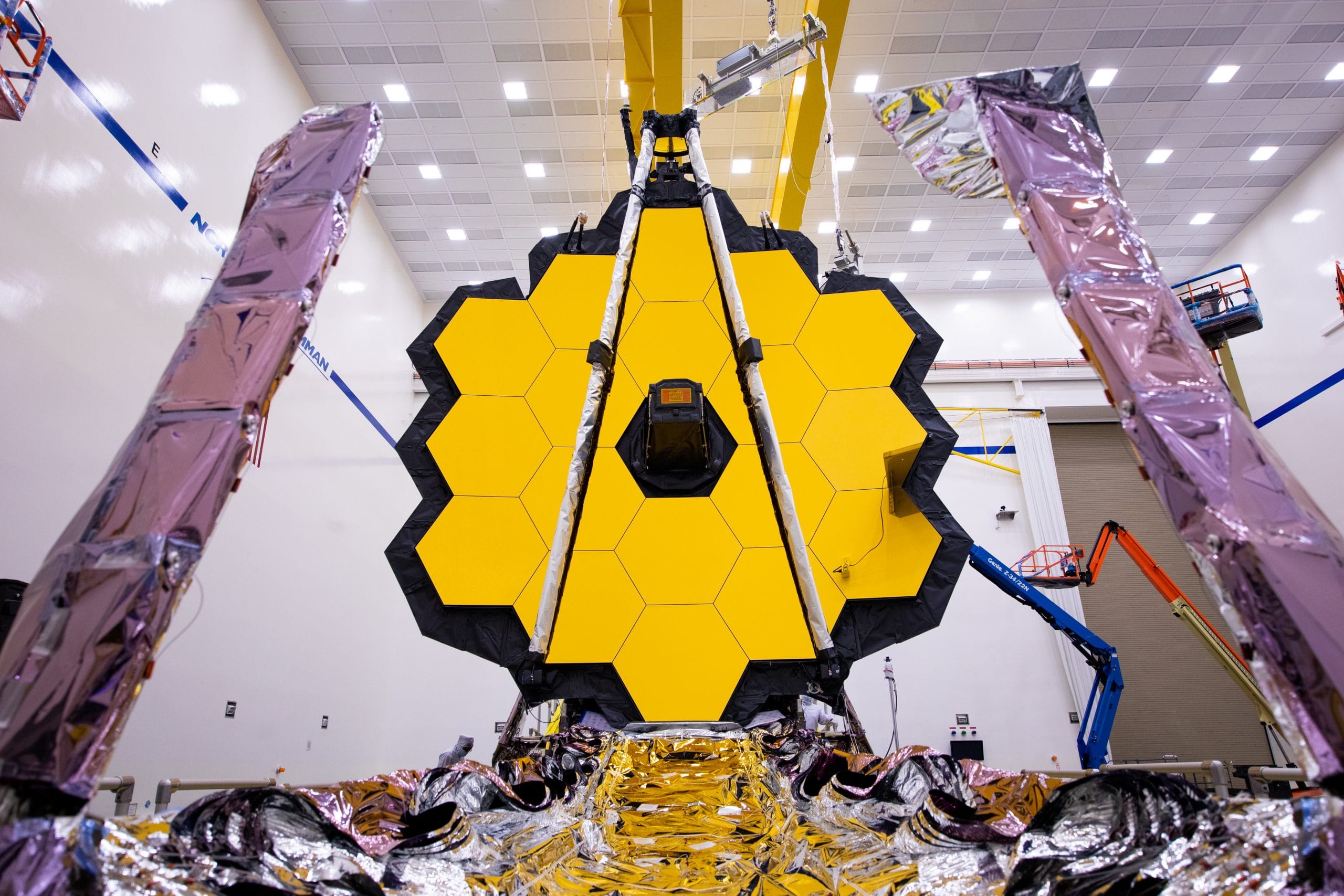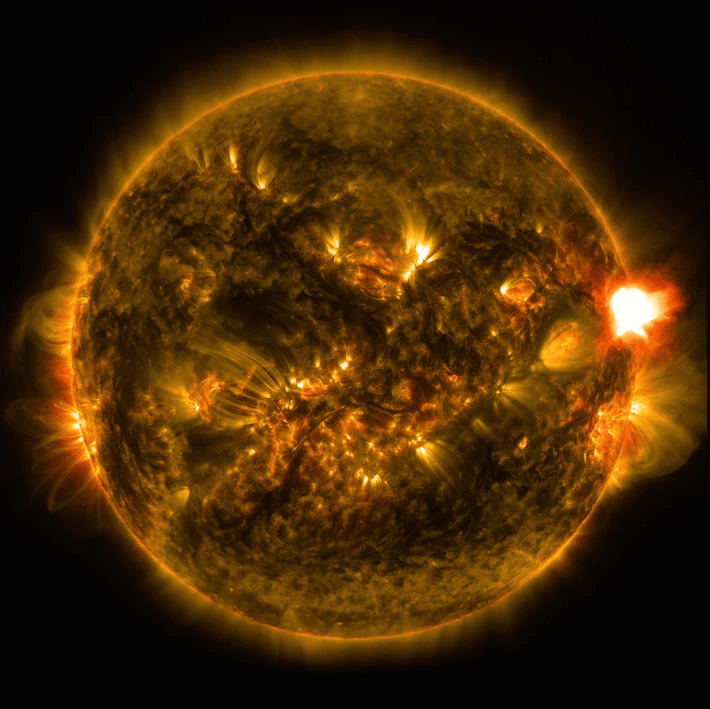Astronomers have captured a stunning Einstein ring using the European Space Agency’s (ESA) Euclid space telescope, marking a significant milestone in the observation of cosmic phenomena. This rare event highlights the gravitational lensing effect, a remarkable prediction made by Albert Einstein in his general theory of relativity, thereby demonstrating how light can be bent by the gravitational field of massive objects.
The Einstein ring in question was detected during Euclid’s early observational runs in exploring vast swaths of the universe. This newly discovered ring forms a near-perfect circle of light encircling a foreground galaxy, a visual manifestation of gravitational lensing where the gravity of a massive object warps the spacetime around it, bending the path of light that travels close by. The result is the appearance of a halo, or in this case, a ring, at specific alignment angles between the observer and the celestial objects involved.
This particular Einstein ring is located in the vicinity of the galaxy NGC 6505, which sits approximately 590 million light-years away from Earth. The phenomenon arises when the light from a more distant, unaligned galaxy is bent due to the gravitational pull of NGC 6505, bringing forth a stunning visual feature. Such occurrences are rare due to the precise alignment required between galaxies for a full Einstein ring to appear.
The Euclid telescope’s primary goal is to map the geometry of the cosmos by detecting billions of galaxies spread across an immense range of distances. In its process, the telescope has inadvertently revealed this exquisite cosmic phenomenon. The discovery not only offers an aesthetically pleasing image but also stands as an excellent research case for delving deeply into questions about the distribution of dark matter and the structures of galaxies.
Gravitational lensing serves as a cosmic laboratory, allowing scientists to investigate the behavior of light and the existence of materials that are otherwise undetectable, such as dark matter. The Einstein ring spotted by Euclid reveals minute details about the intervening galaxy’s mass, gravitational field, and other physical properties, some of which are otherwise challenging to study directly. Insights from such phenomena help refine our understanding of cosmic structures.
“Such discoveries reaffirm how Einstein’s equations continue to resonate in modern physics,” remarked one of the astronomers contributing to the Euclid mission. “This Einstein ring is not just a breathtaking visual; it is a testament to the predictive power of physics and a gateway to unraveling the secrets of the cosmos.”
The precision and clarity with which Euclid has observed this phenomenon showcase the advancements in telescope technology and computational astrophysics. Carefully calibrated imaging systems working in tandem with massive data analysis pipelines enable astronomers to isolate and study even faint signals against the cosmic background. They can measure the distortions caused by gravitational lensing in extraordinary detail.
The discovery has implications not only for cosmological studies but also for the broader public’s understanding of our universe. The clarity of the ring has sparked excitement among science enthusiasts globally. Images of this Einstein ring are as iconic as they are illustrative, bridging the chasm between advanced scientific inquiry and the natural curiosity of humankind to comprehend the cosmos.
The Euclid telescope’s contributions do not stop here. Its ongoing mission aims to fill gaps left by previous space telescopes like Hubble and measure the universe’s accelerating expansion—a phenomenon thought to be driven by mysterious dark energy. Along the way, each new Einstein ring documented adds a rich data point to current astrophysical models, paving the way for further theoretical advancements.
Einstein rings are more than just rare occurrences; they are vibrant markers of laws governing the universe, unchanged and pervading even at the grandest scales. Each discovery reinforces the fundamental interconnectedness of cosmic objects and offers a window to peer into some of the hidden aspects of cosmic evolution.
With discoveries such as these, the Euclid space telescope promises to continue filling the void in our understanding of how mass, light, and space interact on a cosmic scale. One can only marvel at the pathways science provides to illuminate the universe’s profound and beautiful complexities.


